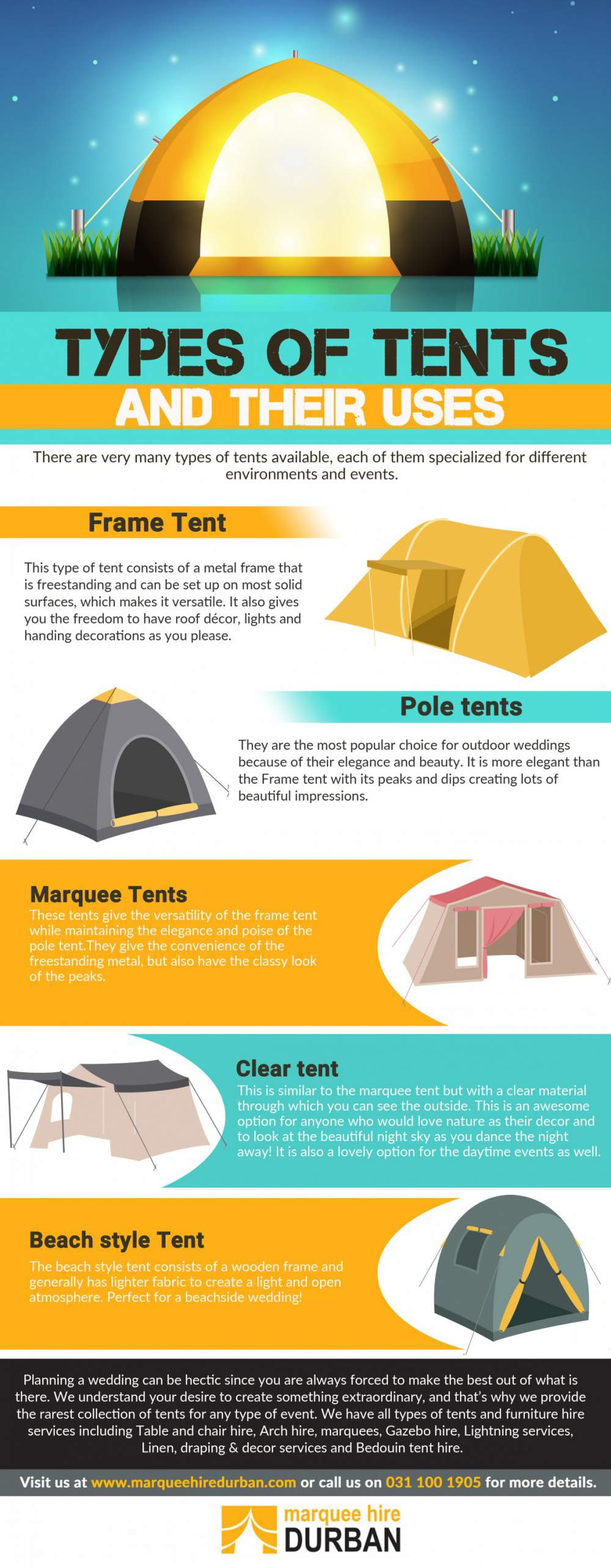While both offer staminas in various environments, it is very important to determine which type of insulation will ideal offer your needs. The insulation you choose influences warmth, weight, water resistance, compressibility and price.
Down is collected from waterfowl, usually ducks or geese. It is prized for its agility, easy compression and protecting residential or commercial properties. Nonetheless, down ends up being much less effective when damp.
Warmth-to-Weight
A high warmth-to-weight ratio is preferred in outdoor clothes and equipment. The protecting buildings of down feathers make them an excellent option for this function, as they are exceptionally warm and light-weight.
However, down loses its shielding abilities when it splashes, meaning it requires to be paired with a water resistant covering. Furthermore, some individuals are allergic to down, making synthetic coats a better choice for them.
Artificial insulations are typically made from recycled polyester and developed to resemble down's insulating residential properties. They are not as light-weight as down, but they do not shed their shielding capabilities when they get wet and completely dry quicker than down. They are also much more budget friendly than down. However, their life expectancy is much shorter than down, causing higher maintenance and replacement expenses.
Water Resistance
The insulation you pick for your work jacket will certainly make a large distinction in how comfortable you really feel outdoors. Nonetheless, the sort of insulation you select also has considerable ramifications for your sustainability objectives.
Down is an excellent insulator for a number of reasons. It's lightweight, compressible, and uses an excellent warmth-to-weight proportion. Nonetheless, it doesn't fare well when it gets wet. Down clumps up and loses its loft when damp, which can dramatically lower its ability to trap warmth.
Synthetic insulation products, such as Thinsulate and Primaloft, hold up far better versus damp problems. They commonly have a limited weave or chemical coating that keeps water from permeating the fabric. This allows the insulation to stay breathable, even if wet. It's worth noting that synthetics can likewise be uneasy when damp, however they maintain their shielding buildings.
Compressibility
While goose down does have a premium warmth-to-weight proportion, artificial insulation executes in a similar way. Nonetheless, unlike down which soaks up and sheds its shielding capacities when damp, artificial insulation does not. Because of this, it can maintain its loft and trap warm air in wet problems.
Typically produced from polyester sheets or clusters that mimic down, one of the most typical synthetic insulation brands include PrimaLoft, FullRange, Thermoball and Patagonia's PlumaFill. While it still can't match down's loftiness and warmth-to-weight, artificial coats are lightweight, quick to dry and less costly than down. This makes synthetic jackets perfect for damp atmospheres, or if you're prone to sweating heavily. Artificial jackets are additionally much less delicate than down and can lose. This sturdiness extends to their face textiles which are typically thicker and a lot more sturdy than down.
Toughness
A major factor to consider in sustainability is a material's long life and sturdiness. All-natural materials like cork, ThermaCork expanded cork and Havelock wool last longer than artificial options like fiberglass and vinyl. They likewise require much less maintenance and can hold up against rough ecological conditions.
However, natural insulation cotton canvas does not execute as well when damp as artificial choices. Wool and fleece glob together when wet, endangering their ability to trap warmth. Artificial insulation, on the other hand, does not absorb moisture and remains to shield also when saturated.
This makes artificial insulation ideal for damp climates and laborious tasks where you might sweat greatly. It's likewise simpler to clean and dries out faster than down. This added durability and dependability make artificial insulation a total champion in this category. This converts to long lasting insulated job boots that last long and maintain you heat through requiring environments.
Sustainability
All-natural materials offer biodegradability and a smaller sized environmental impact, while synthetic alternatives boast longevity and ingenious applications that support power efficiency. Nonetheless, it is very important to understand real environmental effect of these insulation materials from cradle-to-grave.
For instance, if a natural insulation product has to travel a far away from its resource to the building website, transportation-related emissions raise its overall carbon impact. Choosing in your area sourced and reused products lowers that effect. And, going with GREENGUARD and Cradle to Cradle accreditations makes certain that insulation is free of unpredictable organic substances (VOCs) and sustains responsible sourcing and labor problems.
Sheep's wool and cork are eco-friendly insulation sources that are gathered without damaging the tree or plant. Both have the included benefit of being naturally immune to mold, insects and dampness.
